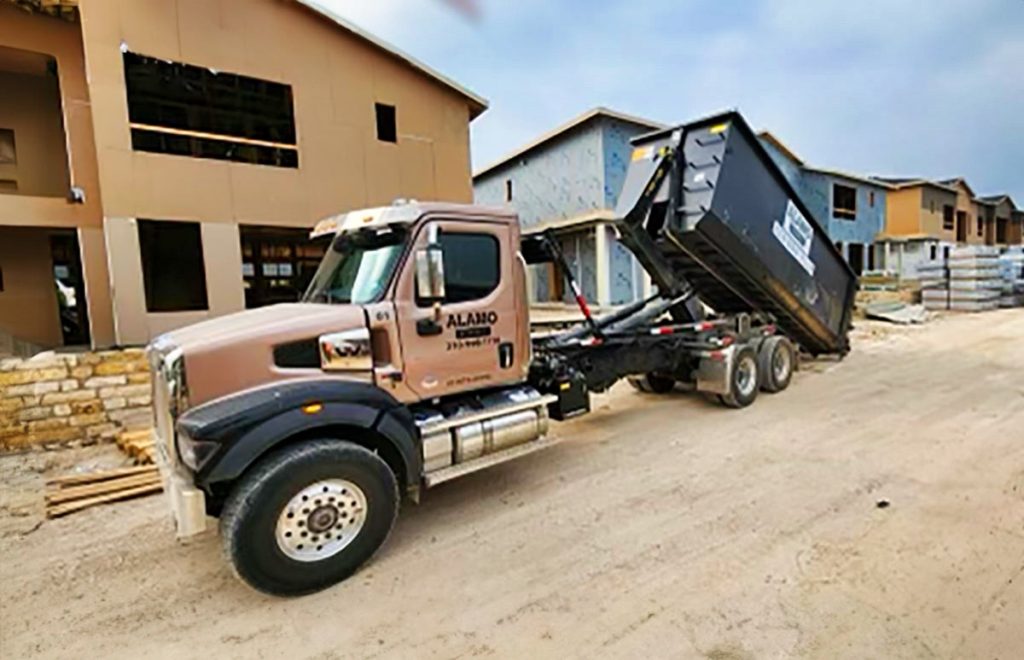Using roll off dumpsters can significantly streamline your waste management process, whether you’re undertaking a home renovation, a large construction project, or simply decluttering. However, knowing what materials you can and cannot dispose of in these dumpsters is crucial for safety and environmental protection. Alamo Disposal is here to guide you through the do’s and don’ts of roll off dumpster usage.
The Do's of Roll Off Dumpster Usage
- Do Use for Household Clean-Ups Residential dumpsters are perfect for disposing of general household waste, old furniture, and small renovation debris. Our 20-yard roll off dumpsters are ideal for such projects, accommodating the equivalent of 7-9 pickup truck loads.
- Do Use for Construction Debris For construction sites, our 30-yard and 40-yard roll off dumpsters can handle larger volumes of waste, equivalent to 11-13 and 12-14 pickup truck loads, respectively. These are perfect for materials like wood, metal, drywall, and other non-hazardous construction debris.
- Do Sort and Recycle When Possible At Alamo Disposal, we encourage recycling whenever possible. Separating recyclable materials like metals, plastics, and cardboard can help reduce the environmental impact and promote sustainable waste management practices.
- Do Follow Local Regulations Ensure you are familiar with local waste disposal regulations. Alamo Disposal is TCEQ-permitted to haul certain materials, like tires, and we provide specialized support to ensure compliance with all local rules.
The Don'ts of Roll Off Dumpster Usage
- Don’t Dispose of Hazardous Materials Hazardous waste such as chemicals, paints, solvents, asbestos, and batteries cannot be placed in roll off dumpsters. These materials require special handling and disposal methods to prevent environmental contamination and health risks.
- Don’t Overfill the Dumpster Overfilling can pose safety hazards during transport. Ensure that waste does not exceed the fill line of the dumpster. Proper loading helps maintain safety and compliance with transportation regulations.
- Don’t Mix Non-Hazardous and Hazardous Waste Mixing hazardous and non-hazardous waste can complicate disposal processes and increase the risk of contamination. Always separate hazardous materials and arrange for their proper disposal through designated facilities.
- Don’t Ignore Weight Limits Each dumpster size has a weight limit. Exceeding these limits can result in additional charges and complicate the hauling process. Consult with Alamo Disposal to understand the weight capacities and avoid overloading.
Conclusion
Proper roll off dumpster usage is essential for maintaining safety, compliance, and environmental stewardship. By following these do’s and don’ts, you can ensure a smooth and efficient waste disposal process. Alamo Disposal is committed to providing reliable and responsible dumpster rental services in the San Antonio region. Contact us today for more information or to schedule your next dumpster rental.
Ready to rent a dumpster?
Visit our website or give us a call to find the perfect solution for your waste management needs.

